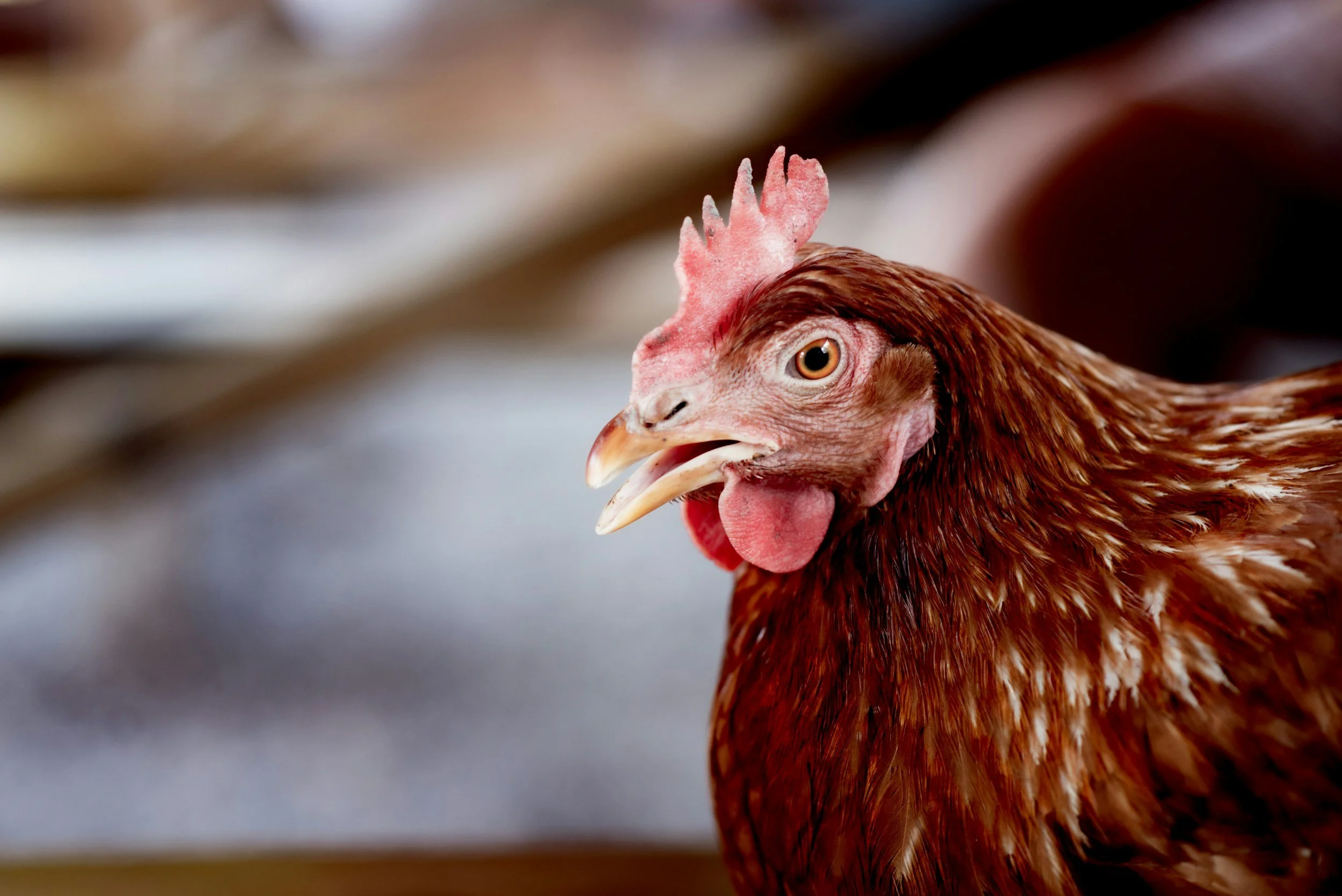Why Solar PV Is a Smart Investment for Poultry Farmers in 2025
For UK poultry farmers, the pressure has never been greater to reduce costs, boost sustainability, and future-proof operations against rising energy prices. With heating, lighting, and ventilation systems running round the clock, poultry sheds are among the most energy-intensive areas on any farm. But there’s a solution that not only tackles rising electricity bills head-on, but also supports your environmental goals: solar PV. Installing a solar panel system on your poultry farm is one of the smartest investments you can make in 2025 — and here’s why.
High Energy Demand = High Savings Potential
Poultry farming requires consistent energy use throughout the day, particularly for heating broiler sheds, running fans and ventilation systems, and ensuring lighting meets welfare standards. This makes poultry operations ideal for solar PV systems, which generate the most electricity during daylight hours when your energy usage is at its peak. By generating your own renewable power, you can reduce reliance on the grid and protect your business from fluctuating energy prices.
Your Buildings Are Perfect for Solar
Modern poultry units often have large, south-facing roofs with minimal shading — ideal conditions for efficient solar generation. Whether you’re running a free-range egg unit, broiler sheds, or a mixed enterprise, there’s a good chance your roof space is currently underused. Solar panels can be mounted onto existing rooftops with minimal disruption, and thanks to advancements in panel technology, even older buildings can become energy assets.
Impressive Return on Investment
Solar PV isn’t just about going green — it’s about saving money. A typical 50kW system installed on a poultry farm can generate around 45,000 kWh of electricity annually. Based on average 2025 energy prices, that could save you between £8,000 and £12,000 per year, depending on your usage and tariff. With systems often paying for themselves in 3–5 years (providing a 20% ROI) and lasting over 25 years, the long-term savings can be significant. Plus, exporting surplus energy to the grid through a Smart Export Guarantee (SEG) provides an additional income stream.
Battery Storage Adds Flexibility
While most poultry farms use energy heavily during the day, some operations benefit from overnight heating or automation systems. Adding battery storage allows you to store excess solar energy generated during the day and use it later when needed, further reducing grid dependency and making your energy usage even more efficient.
Grants and Incentives for Farmers
There is ongoing government support for renewable energy adoption, including grants through environmental land management schemes (ELMs) and rural development funding. In some cases, solar installations can be eligible for tax relief through the Annual Investment Allowance (AIA), enabling you to write off the cost against your profits. It’s always worth speaking to an agricultural energy specialist to explore your funding options.
Boosting Your Green Credentials
Today’s food supply chains are under scrutiny for sustainability. Retailers and consumers alike want to know that the products they buy are produced responsibly. Installing solar on your poultry farm is a visible, measurable step toward lowering your carbon footprint — and it could give you a competitive edge when marketing your eggs or meat to wholesalers, supermarkets, or direct customers.
Ready to Explore Solar for Your Poultry Farm?
At East Green Energy, we specialise in helping agricultural businesses reduce their energy bills and environmental impact through tailored solar solutions. We offer free on-site surveys, bespoke system design, and full project management — from planning to installation and aftercare.
Whether you’re looking to cut costs, strengthen your green credentials, or simply take control of your farm’s energy future, solar PV is a proven, practical solution. Get in touch today to see how much your poultry farm could save with solar.

